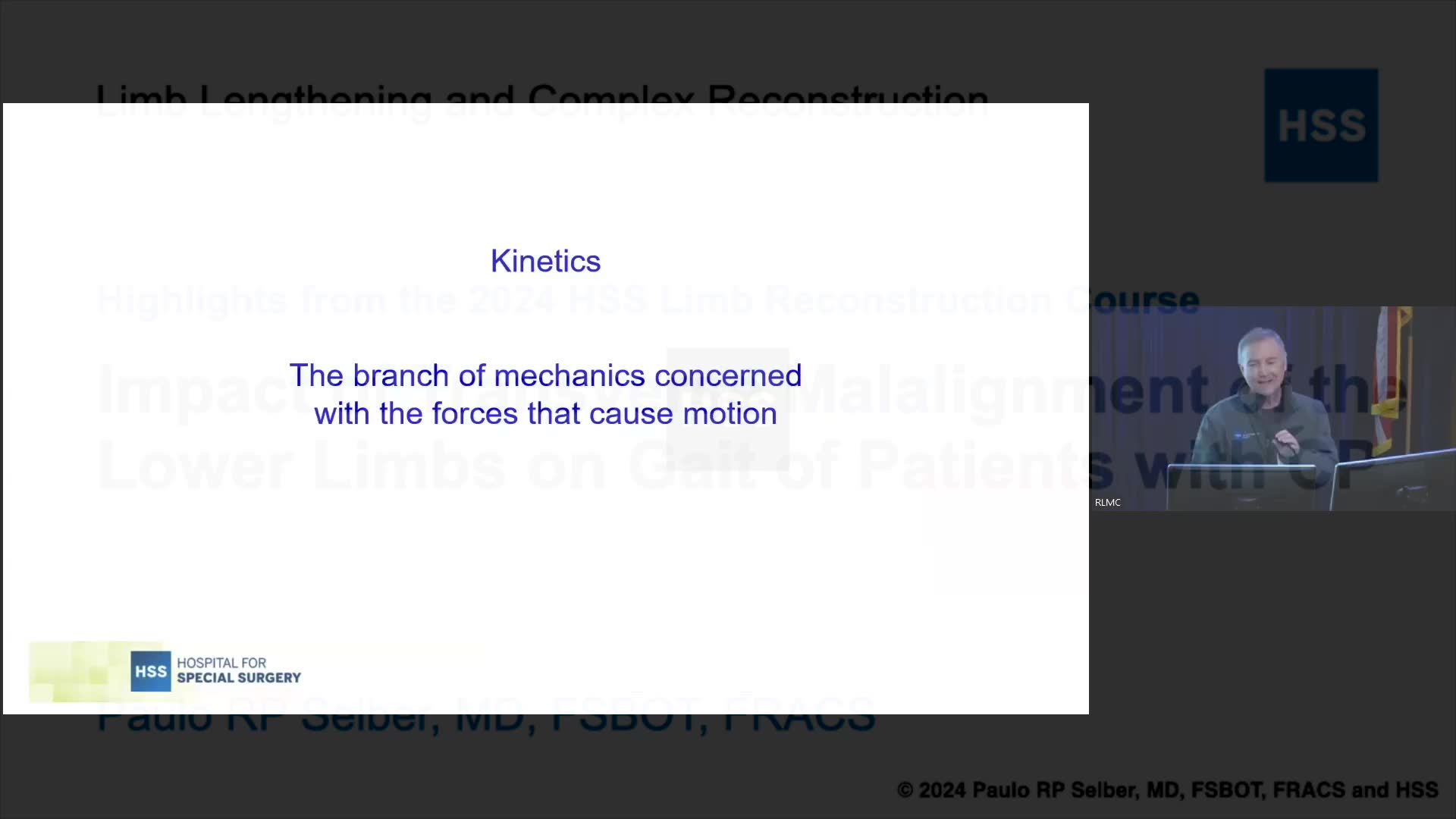Please login to view this media

- Talk
- 02/02/2024
- USA
Impact of Transverse Malalignment of the Lower Limbs on Gait of Patients with CP
Description
In this presentation, Paulo Selber discusses the application of kinetics in the treatment of limb deformities, particularly in patients with cerebral palsy (CP). He acknowledges the privilege of speaking at a limb deformity correction course and emphasizes the importance of understanding kinetics, a branch of mechanics dealing with force production. Selber addresses common misconceptions about gait analysis and technology in the treatment of CP, highlighting that gait analysis has existed for 40 years, yet insurance companies often dismiss its utility. He explains the significance of kinematics and kinetics in evaluating gait patterns, encouraging orthopedic surgeons to collaborate with physical therapists for accurate patient assessment.
Throughout the session, Selber elaborates on the principles of kinetics and their relevance to CP, introducing key concepts such as lever arm dysfunction. He critiques traditional methods of treatment that lack a comprehensive understanding of kinetics, stressing that treating underlying issues effectively requires a focus on both the bony structures and muscular control in CP patients. He shares personal experiences from his training and practices, illustrating how knowledge of normal gait is crucial in diagnosing and treating abnormal gait in patients.
Selber also provides examples of cases where patients benefited from surgical interventions focusing on correcting underlying anatomical issues rather than merely addressing surface symptoms. He emphasizes the role of ground reaction forces in understanding gait anomalies and the necessity of using gait analysis to guide treatment decisions. His insights reinforce that successful correction of gait and alignment in CP requires a thorough understanding of individual biomechanics, urging the orthopedic community to embrace gait analysis as a vital tool for improved patient outcomes.